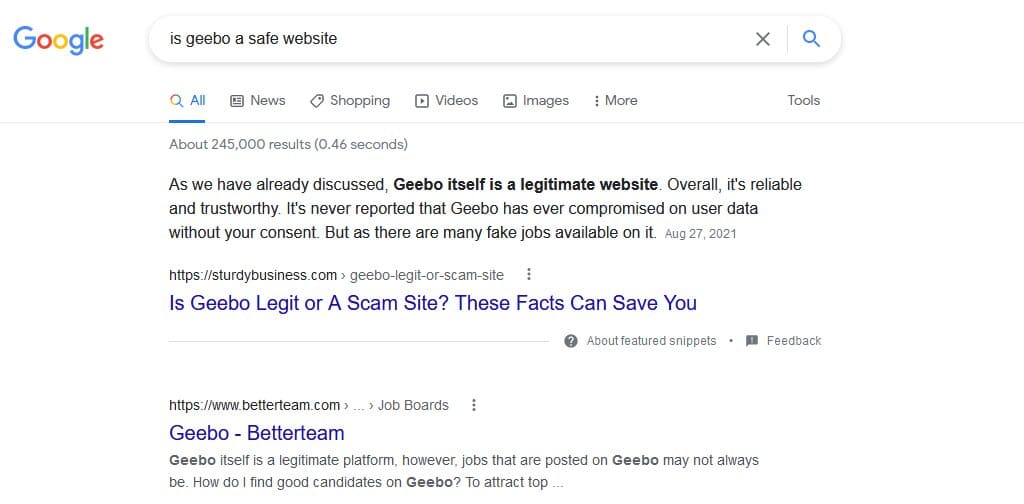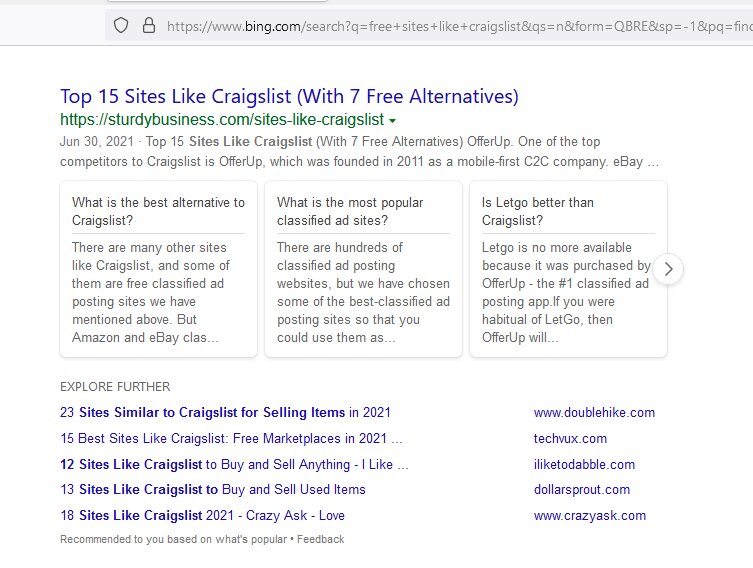It’s pretty easy to check if an article is SEO-friendly with tools; tons of plugins and extensions help you analyze a webpage.
But such tools can not guarantee you rankings or can easily be manipulated.
Secondly, those tools are designed to analyze all the web pages, including an article, a product page, a services page, or an e-commerce website. So they work at a basic level to align with any web page.
So relying on tools for your SEO purposes might not be a great idea. You should use them as your assistant, instead.
The best scenario is to learn to check if an article is SEO-friendly or not, once you master the skill, you can use any tool and assistance to get things done quickly.
It’s not hard to check if the article is SEO-friendly if you know quite a few basic things. Once you learn what makes an article SEO-friendly, you can judge any article within seconds without any tool.
In my SEO service, my first step is to do everything manually and optimize articles without any SEO tool; it pays off. My articles often reach featured snippets.

So I know what exactly makes an article SEO-friendly, and I shall share the same strategy with you.
Many times my newer articles find a place on Bing’s top results. I remember many articles reached Featured snippets within a few minutes of publishing: however, the keywords were pretty easy to rank for.
As you know, Bing is the second-largest search engine in the United States. Especially after Bing AI, Bing is getting attention. So Bing could be your second consideration.

You only need to learn to optimize articles for Search engines. You can easily outrank your giant competitors with your fully optimized content.
Let’s get started to understand what SEO is in article writing. And how to check whether the articles are SEO-friendly.
On this page
Basic on-page SEO analysis
While checking any content for SEO, you should always start with basic on-page optimization. If it isn’t a basic SEO-friendly article, it takes too long to rank or would never rank for your keywords.
Before I tell you the basic things you must do, here is something interesting.
If you tell an expert that you focus on the basic on-page SEO, many will claim that they never focus on SEO or use any plugin, but still, they rank.
Here is why they would say this and why they are right.
I have written dozens or hundreds of articles in my life and applied basic SEO in all early articles without any plugins (I use SEO plugins on my blogs for other benefits but don’t follow their guidelines). It’s all about practice.
So if someone claims that Google has become so intelligent that you don’t need to optimize your articles, don’t listen to him!
You still need to work on the basic on-page SEO. Google also recommends it in its Google Search Essentials. They recommend using the main words on critical locations.
We have discussed all those locations in this step-by-step on-page SEO guide.
Check if the titles are optimized.
Optimizing titles mean using the primary keyword in the title.
For instance, my main keyword for this article is “check if an article is SEO-friendly,” and I have used it in the title.
Using the exact match is not essential, but if you can do it, you should prefer doing it.
If the keyword itself can’t make sense in the complete form, you can add its main words to the title.
For instance, if your main keyword is “how to check the quality of an article” and you believe you can’t use it in the complete form, then even your title can be 15 essentials to check the quality of an article. I have discussed it after the basic on-page SEO.
Check the description’s optimization.
It’s a fact that quite a few read descriptions and even Google might not consider your given description, but you should never miss a description.
To make your blog post SEO-friendly, the next essential step is to optimize your meta description with your main keywords: Try to use all or at least your main keywords’ words.
Check keyword density
Although. It’s a fact that search engines don’t rely on keyword density, you can’t stuff keywords and outrank, but still, it has enormous significance.
Here is why!
If I ask you to discuss the benefits of any business tool with your fellow, can you discuss it without naming it? Or use the word benefits?
The same is for search engines.
It’s a fact that search engines don’t look at keyword density, but if you are not using 0.50% in the article, it might confuse them. So I used the exact keyword at least four times and the main words at least 0.5% of the whole article.
So while checking if the article is SEO-friendly or not, never miss out on checking keyword density of at least 0.5%.
BTW, I don’t stuff keywords. If it’s essential to use the words and density even goes from 5% to 7%, that’s okay. But it should look natural.
Otherwise, keeping the density at 1 to 2% would be best.
Check if it has headings.
Headings can give an edge to become more SEO friendly. But the heading should make sense and break the complete article into parts.
It makes content more readable and digestible.
For instance, take the example of this article. I am using headings for each section of SEO separately.
Image ALTs
This might not be for you if you are checking the text article. If there are images, SEO experts recommend adding ALT texts.
Google also recommends adding appropriate ALTs to your images unless it’s irrelevant. Never miss that. The best thing is to use your keywords in the ALTs if they make sense.
Link text
Google also recommends using the main keywords in the link text (anchor text).
I have many times tested that using keywords on the page’s anchor text also helps you improve rankings.
Advanced on-page SEO
Note: I am using the word advanced to differentiate it from basic SEO. I still share what I do nowadays to get love from advanced algorithms.
Analyze title
Once you finish the fundamental on-page optimization analysis, the next step is to check whether the article meets the advanced optimization criteria.
Only using a keyword in the title isn’t enough. Writing eye-catching titles is the foremost step to making your blog post valuable.
In my advanced SEO analysis, I prefer to check whether the title has keywords and is eye-catching. It won’t work for long if it’s not an eye-catching title.
Your title should create curiosity in the readers’ minds and get a click at any cost.
Check keywords positions in the article.
Using keywords in the article is essential, but where to use them? It’s even more critical.
In my experience, there are two most important places to use your primary keyword.
- At the beginning
- At the end
If you use your primary keyword four times: use it once in the beginning (and you must use it), once at the end, and twice within the article, wherever it makes sense.
LSI keywords
Suppose you search “Apple” on Google. What will appear in your search results?
It depends on what you were searching on Google. Google will show you results relevant to your other queries. For example, say you were searching for gadgets, then Apple means Apple company, and if you were searching for the benefits of Apple juice, the results would be pretty different.
The same example helps us understand why LSI keywords matter.
We have noticed that to understand the query fully, Google relies on other relevant searches. So is the case with articles. Those relevant keywords that help Google understand the article are called LSI keywords.
There are some tools to find LSI keywords, though I manually search for all of my articles.
Here is the example to make it pretty clear to you.
For this article, the relevant searches could be.
- Check if the blog post is SEO-friendly
- Check if the content is SEO-friendly
- Check if the copy is SEO-friendly
- On-page optimization
I haven’t used all of them, but I added quite a few to make clear sense to you.
The next important thing is to see where those LSI keywords are.
I distribute LSI throughout the article besides the first and last few paragraphs.
Featured Snippets optimization
It’s not hard to reach out to Featured snippets.
If you understand the query pretty well, you can reach featured snippets.
That’s what I have learned in my SEO practices.
So try to answer the query pretty briefly in the article. If it’s a question, use the question in the heading and answer just after the heading.
It will increase the chances of getting attention.
I also use a free schema plugin called structured content, but that’s not essential to use.
So all the techniques mentioned above are the ones that can not only help you check if the article is SEO-friendly but it can also make you able to let your writers guide for your following articles.